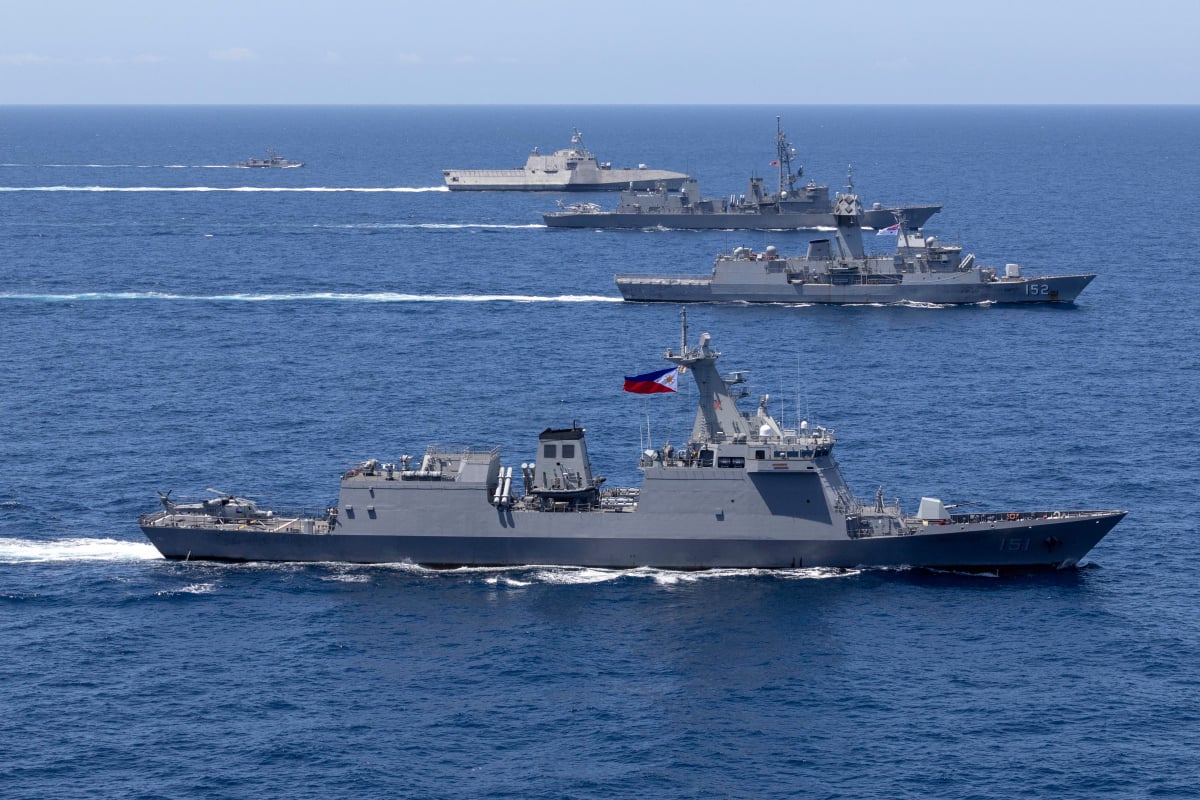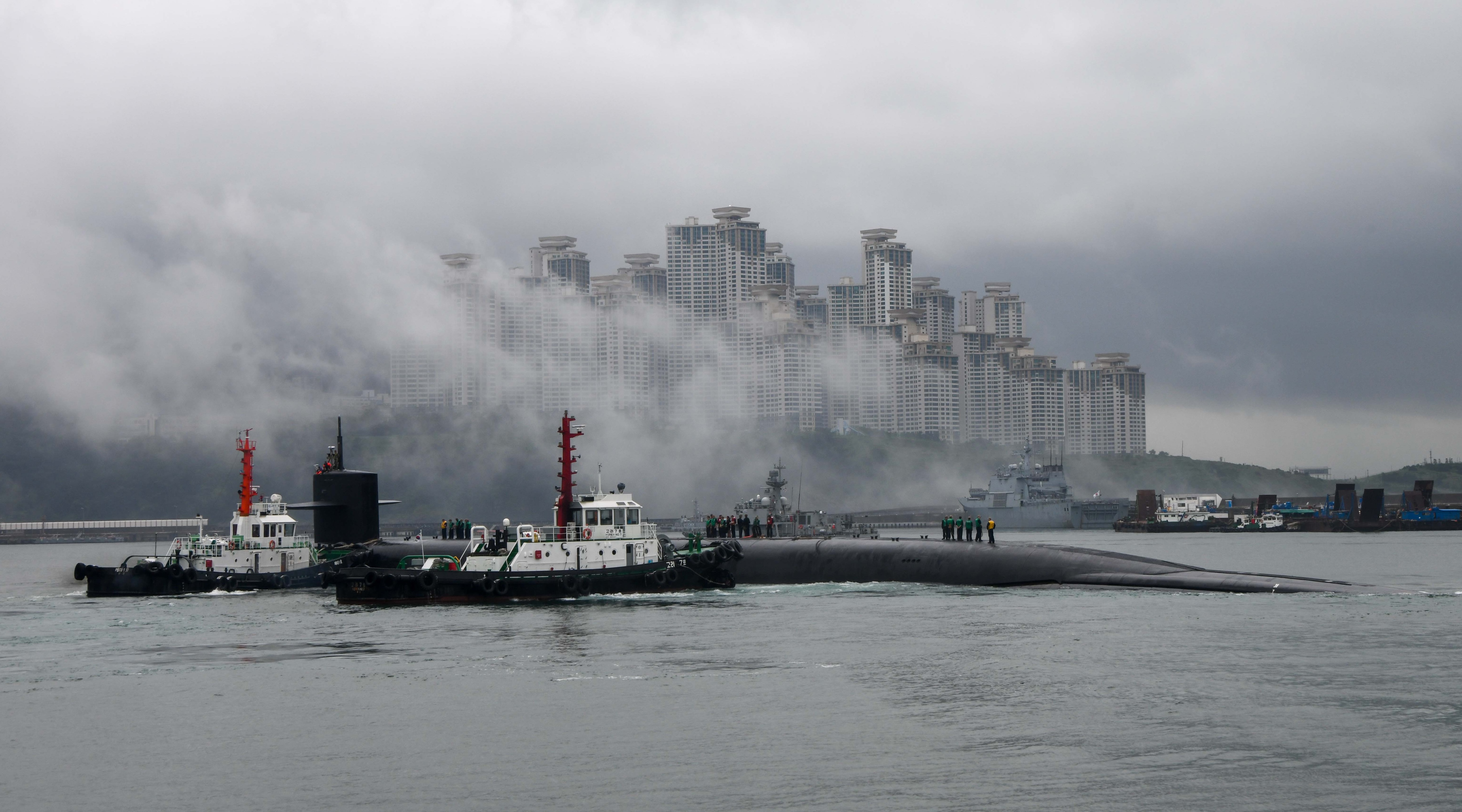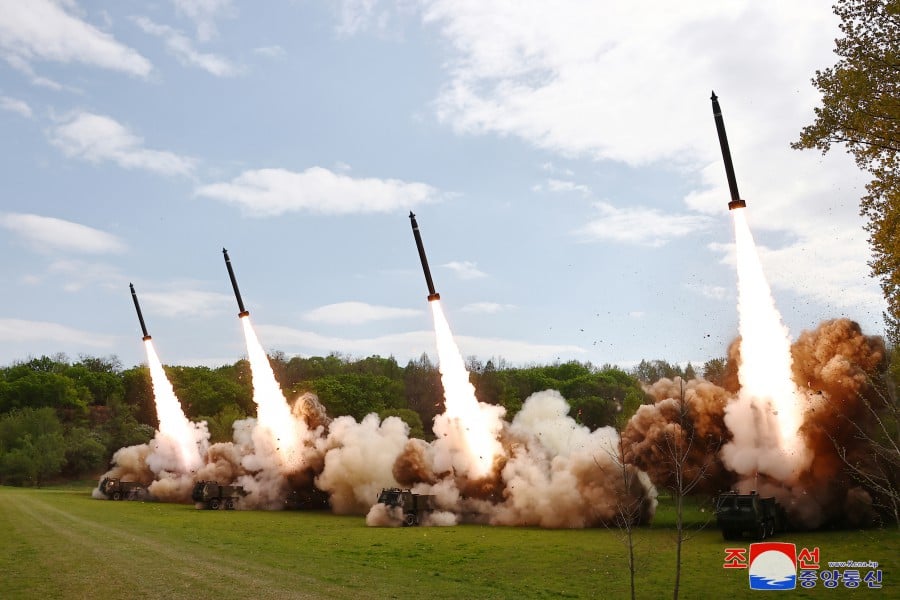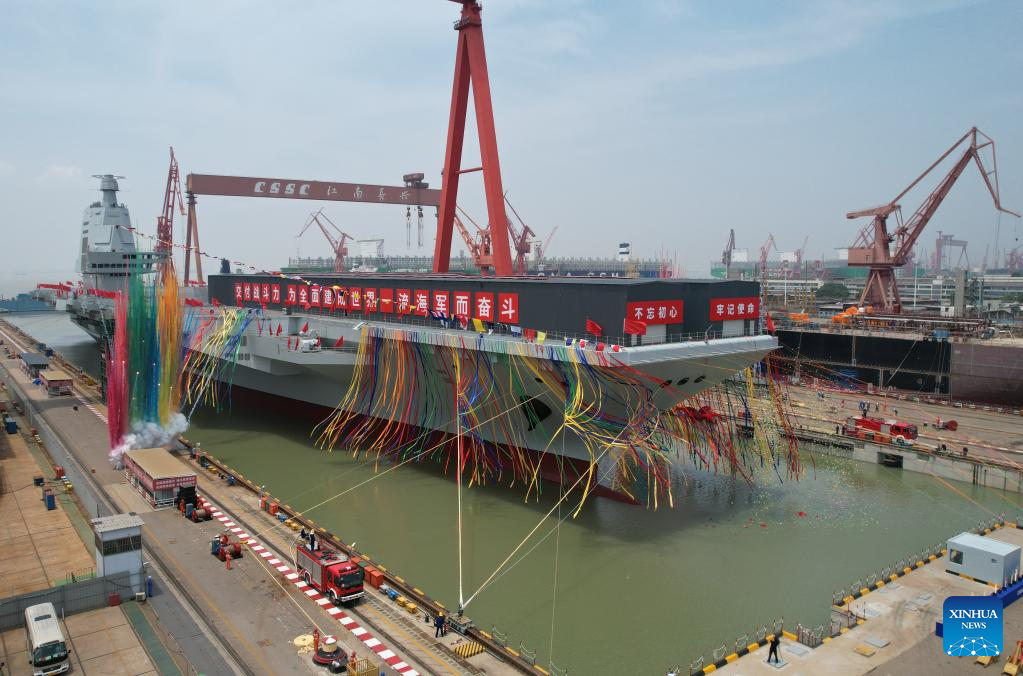
This post is part of a series looking back at the top naval stories from 2022.
U.S. allies and competitors both continued to expand their naval forces with the world’s largest navies investing in new hulls and capabilities.
China’s Naval Development
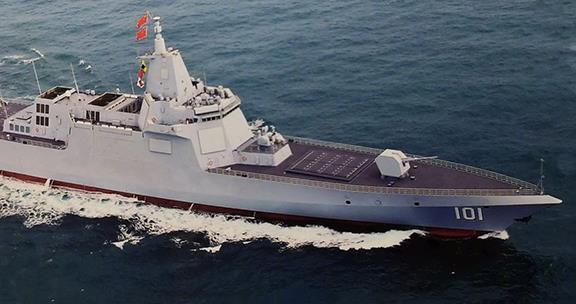
The People’s Liberation Army Navy grew its fleet with an emphasis on aircraft carriers, surface combatants and amphibious capabilities.
By 2025, the PLAN is set to grow to more than 400 hulls —up from its current count of 340 warships, according to the Pentagon’s annual report on Chinese military power.
“China, the top ship-producing nation in the world by tonnage, is increasing its shipbuilding capacity and capability for all naval classes: submarines, warships, and auxiliary and amphibious ships,” reads the report.
“China domestically produces naval gas turbine and diesel engines as well as almost all shipboard weapons and electronic systems for its shipbuilding sector, making the sector nearly self-sufficient for all shipbuilding needs.”
In June, China launched its third aircraft carrier Fujian (18) at the Jiangnan Shipyard of China Shipbuilding Industry Corporation in Shanghai.
Fujian is an 80,000-ton carrier and is the first in the PLAN to feature a catapult launch system. The current Chinese carriers — Liaoning (16) and Shandong (17) — are based on a Russian ski-jump design without a launching system. The much larger Fujian, equipped with electromagnetic launchers, will be able to launch a variety of aircraft with heavier loads.
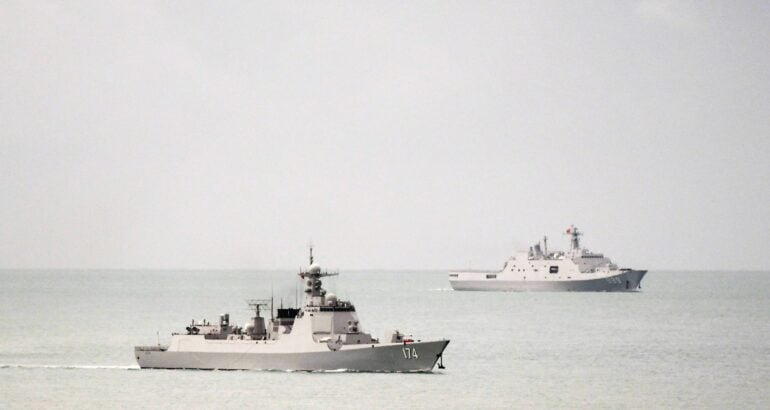
In 2022, the PLAN commissioned three of its Renhai-class guided-missile destroyers and two of its Luyang III-class guided missile destroyers. The Renhai and Luyang destroyers are key platforms in the Chinese surface expansion, according to the Pentagon’s military power report.
In terms of amphibious warships, the PLAN commissioned its third Type 075 large-deck amphibious warship. Modeled on the U.S. Wasp and America class big deck amphibious warships, the Type-075 is thought to be part of a Chinese strategy for an armed, amphibious invasion of Taiwan.
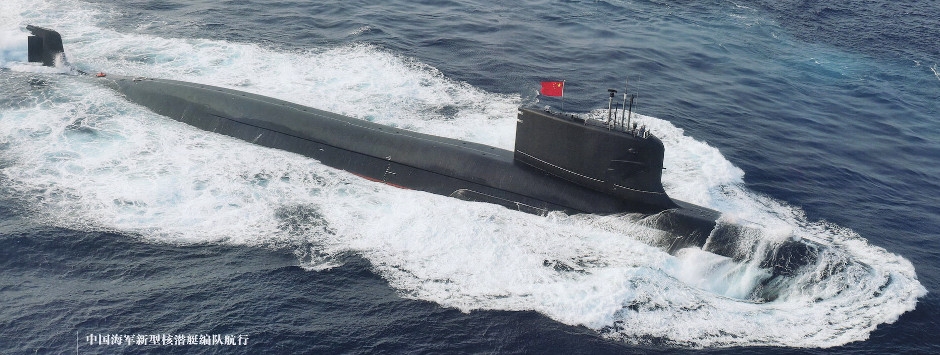
Submarine construction is moving slower than surface ships, according to the Pentagon.
“The PLAN has placed a high priority on modernizing its submarine force, but its force structure continues to grow modestly as it works to mature its force, integrate new technologies, and expand its shipyards,” reads the Chinese military power report.
Russian Subs on the Move
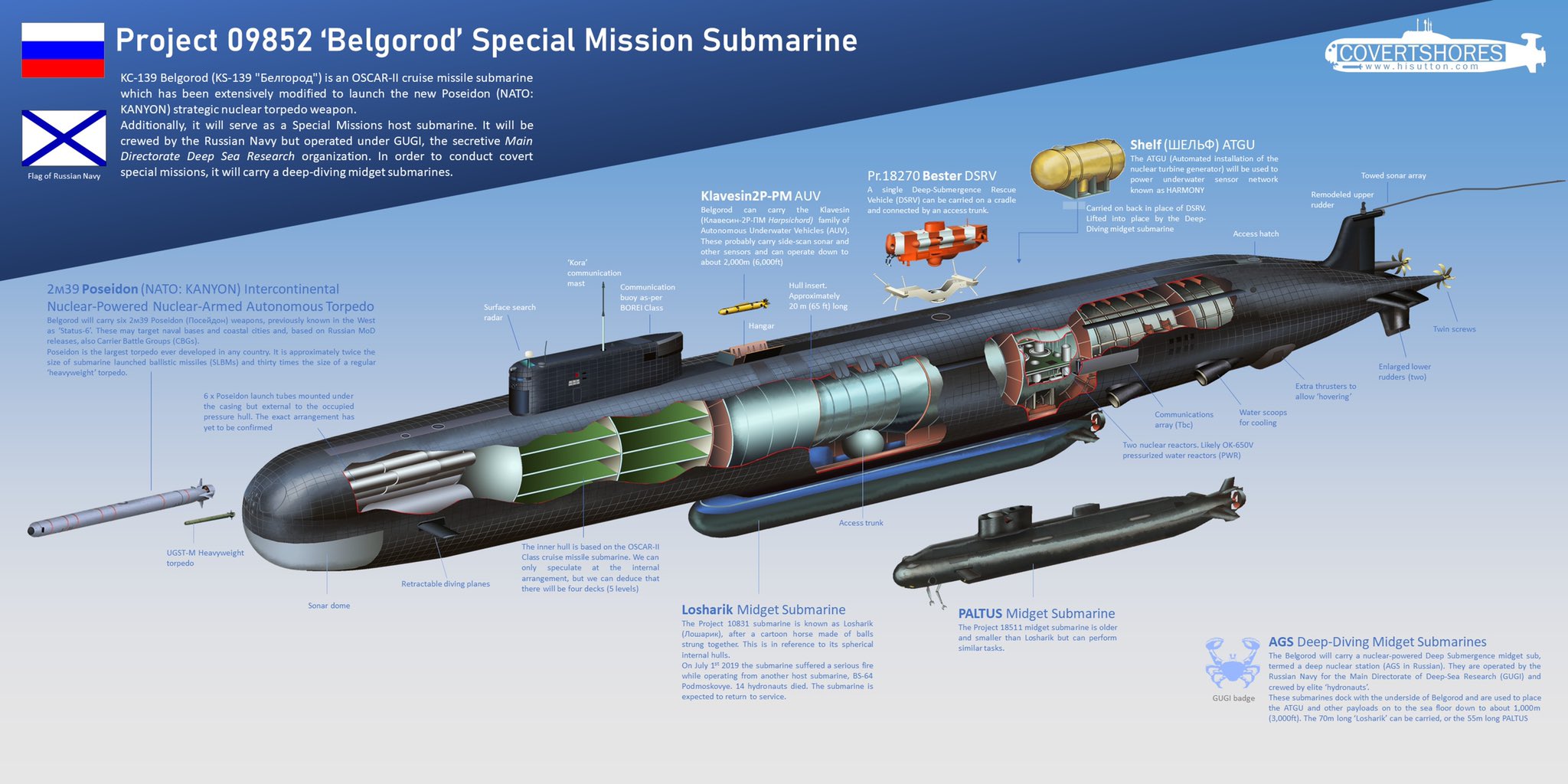
Russia’s so-called doomsday submarine Belgorad delivered to the Russian Navy in July. Based on a Russian Oscar-class guided-cruise missile submarine, Belgorad was modified to carry six strategic nuclear torpedoes the size of school buses. The 80-foot Poseidon can be armed with up to a 100-megaton warhead designed to target coastal cities and make them unlivable. The 30,000-ton nuclear boat can also be used as a mothership for smaller unmanned vehicles and submersibles.
Belgorod is part of the Russian Navy’s specialized submarine fleet designed for espionage, deep-sea rescue and special operations operated by the Main Directorate of Deep Sea Research — known by the Russian acronym GUGI, (Glavnoye Upravleniye Glubokovodnykh Issledovaniy). The Russian Navy also accepted delivery of the Borei-class nuclear ballistic missile submarine Generalissimus Suvorov. The boomer tested its Buluva ballistic missiles in the White Sea in November and commissioned last week, according to state-controlled Tass News Agency.

Additionally, the Russian Navy commissioned its latest diesel-electric Improved Kilo-class submarine Ufa in November. Russian Kilo attack boats have been used extensively as strike platforms from the Black Sea to hit targets in Ukraine.
The Russians also held sea trails for the third Admiral Gorshkov-class guided-missile frigate in the Baltic Sea, according to the state-controlled Tass News Agency. The class is the Russian Navy’s most modern surface combatant design.
Second U.K. Carrier Damaged, First Type 26 Launches

The U.K. Royal Navy’s second carrier suffered a major propulsion fault and missed its first trans-Atlantic underway. HMS Prince of Wales (R09) is in dry dock repairing the starboard shaft and propellor, the Royal Navy has said.
“Shortly after Prince of Wales left for the East Coast in late August, the carrier’s propulsion system was damaged and it limped back to port for repairs, canceling its U.S. stops that would have included F-35B qualifications and playing host for a defense conference in New York,” reported USNI News in September.
The first-in-class HMS Queen Elizabeth (R08) filled in for Price of Wales for its East Coast appearances.

The Royal Navy’s first-in-class Type 26 guided-missile frigate, the future HMS Glasgow was launched on Nov. 25. The 6,900-ton frigates are optimized for anti-submarine warfare.
“The Type 26 baseline design features advanced anti-submarine warfare capabilities, a 24-cell Mk 41 vertical launch system for Tomahawk cruise missiles and long-range strike weapons, a 48-cell silo for Sea Ceptor air defense missiles and a 5-inch gun. The flight deck can accommodate CH-47 Chinooks,” wrote USNI News in November.
The Royal Navy announced a contract to procure five more of the frigates in November.
Japan
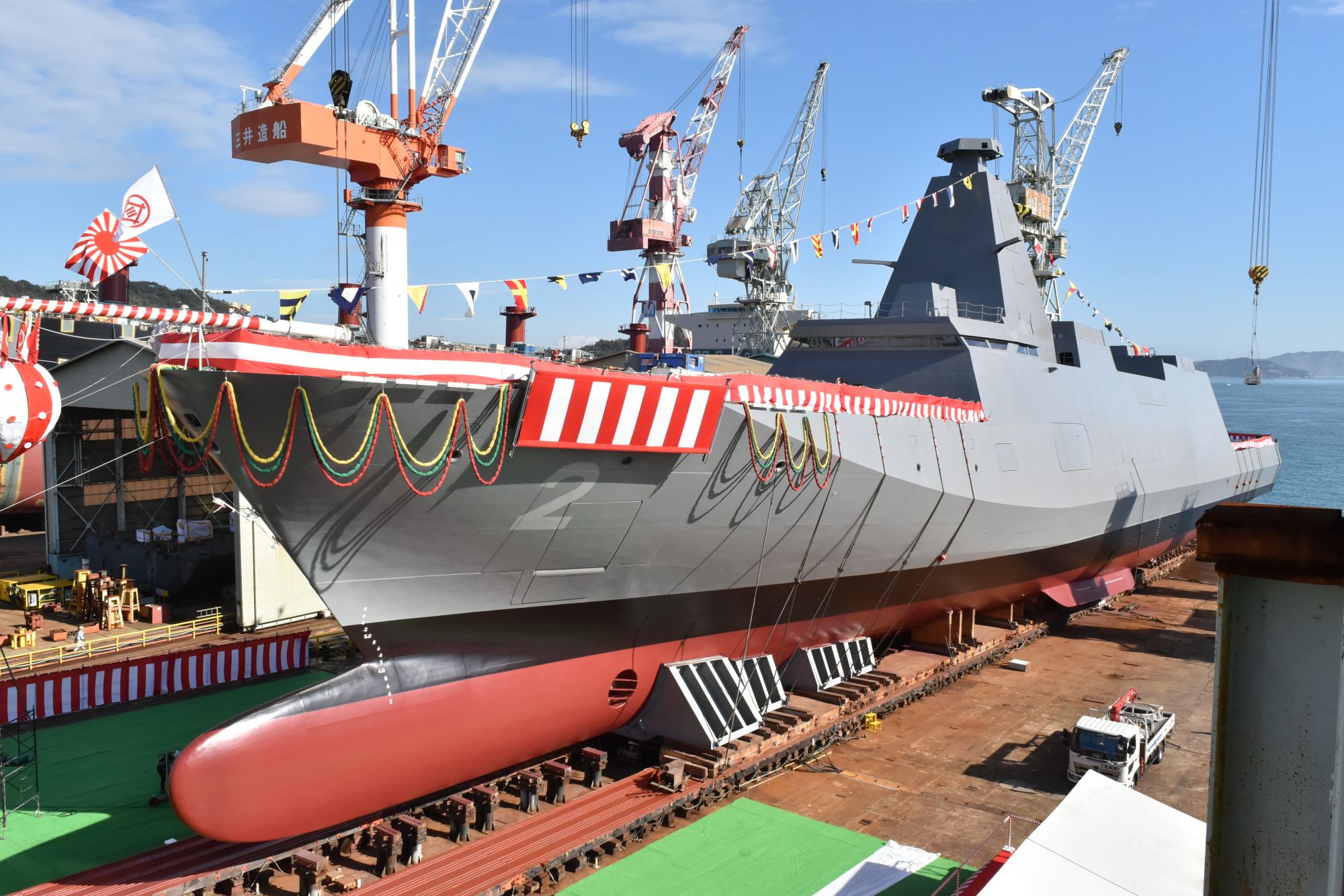
The Japanese Maritime Self-Defense Forces began commissioning the first of its new Mogami-class guided-missile frigates — JS Kumano (FFM-2) in March — the first of a planned class of 22.
“The basic concept of the Mogami-class is that it is a multifunctional vessel serving also as an extension of a minesweeper,” Kazuki Yamashita, a former JMSDF commander, told USNI News in April.
Two other ships in the class, JS Mogami (FFM-1) and JS Noshiro (FFM-3), also joined the JMSDF this year.
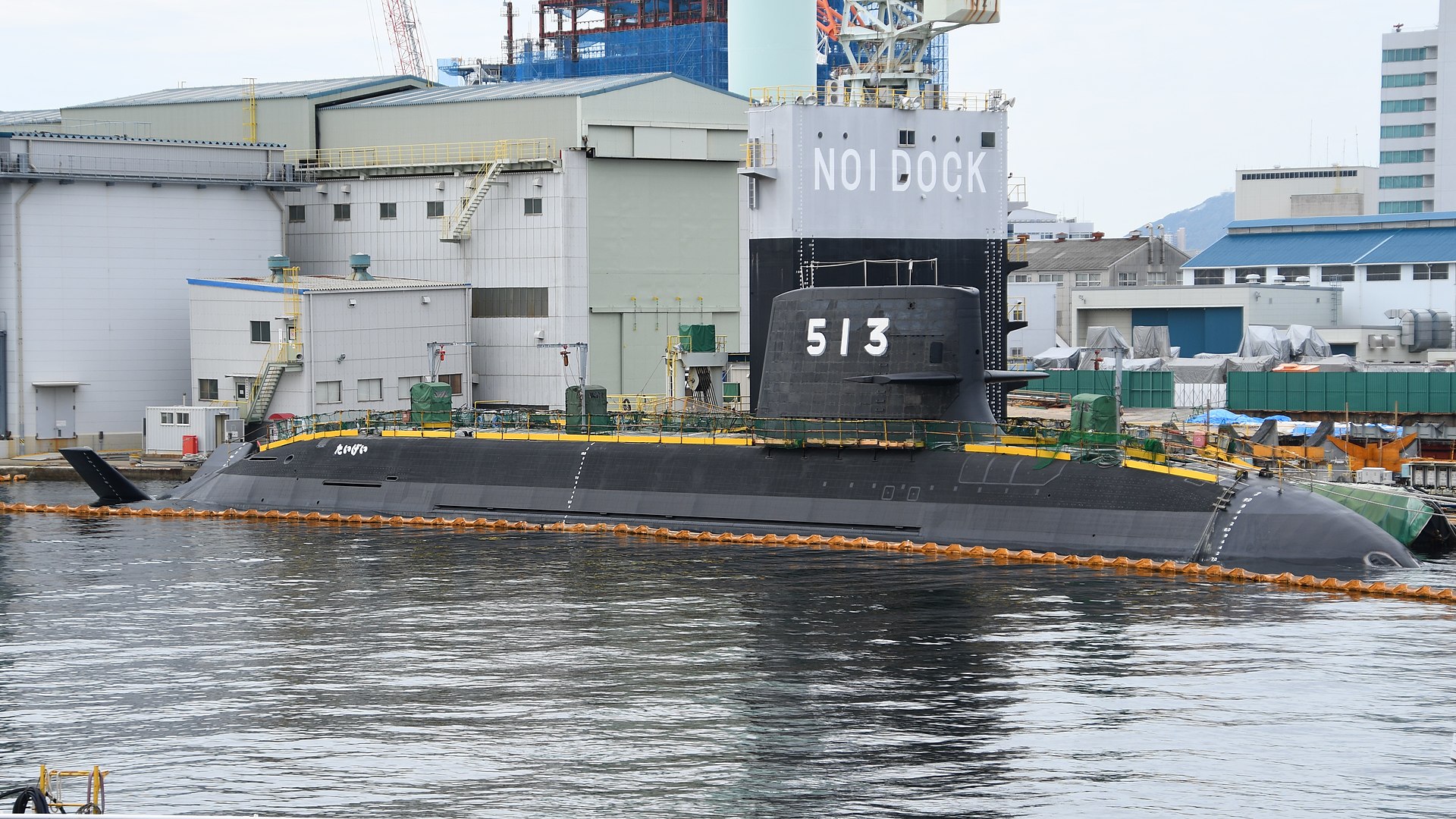
Also in March, Japan commissioned the first in a new class of diesel-electric attack boats —JS Taigei (SS-513). The class is built around a next-generation lithium-ion battery and plans
“The second Taigei-class boat, Hakugei (SS-514) was launched by Kawasaki Heavy Industries in October 2021 and is expected to be commissioned in March 2023. Another two boats have been funded and are under construction,” wrote USNI News in April.
Japan is also acquiring two guided-missile destroyers that will focus on ballistic missile defense. The two planned BMD ships will replace the capability of the Aegis Ashore system Tokyo backed away from last year.
“The Ministry of Defense listed design expenses and engines for the two Aegis BMD ships among 100 items requested that did not have a specific cost at the time of the budget rollout as part of its FY23 budget request,” reported USNI News in September.
“The Ministry of Defense requested $39.7 billion in spending for the next fiscal year, which exceeds the FY 2022 budget of $38.4 billion.”
France Refines Carrier Program
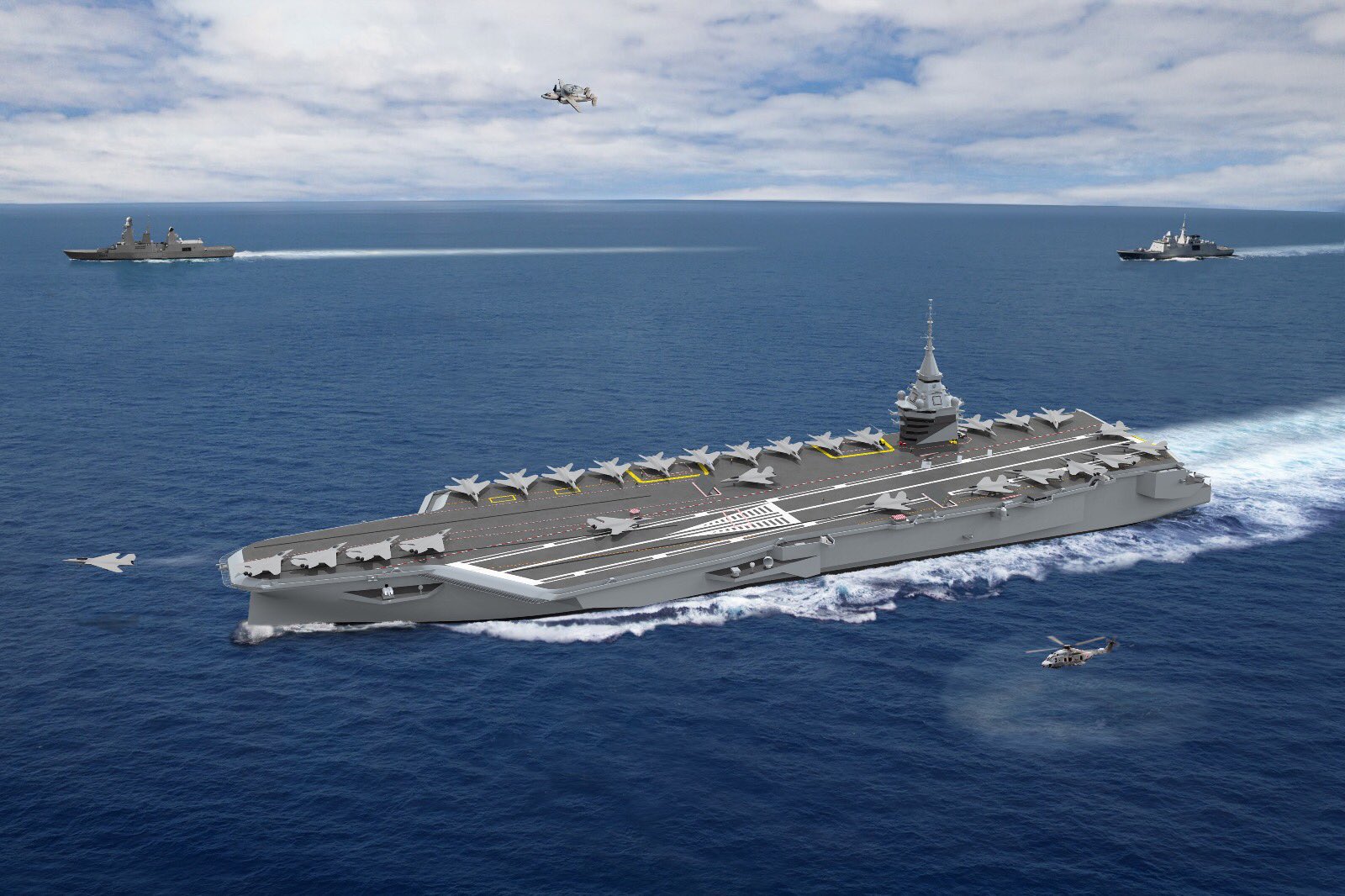
The increase in the French defense budget for 2022 called for expanded naval spending for new submarines and a new nuclear-powered aircraft carrier. Originally announced in 2020, the design PANG (porte-avions de nouvelle génération) was further refined this year, according to Naval News.
The specifications call for a 75,000-ton carrier, with two to three General Atomics-built electromagnetic launching system, that can accommodate and an airwing of about 30 aircraft. The design is expected to finalize by 2026 with the carrier to commission in 2036.
The PANG ship will replace France’s current FS Charles de Gaulle (F 91), which commissioned in 2001.
Indian Carrier Commissions
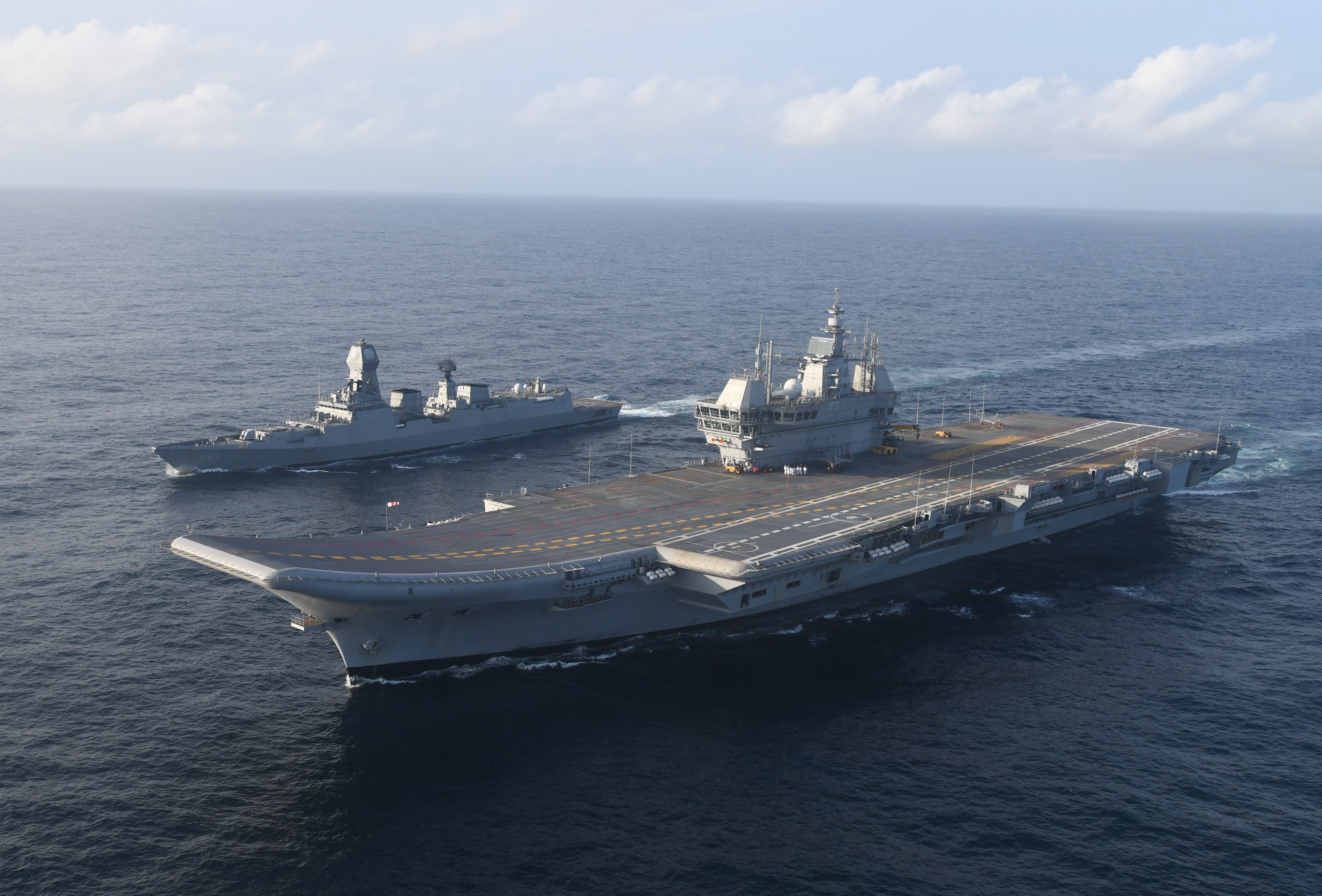
The Indian Navy commissioned its first domestically built aircraft carrier in September in a ceremony at Cochin Shipyard Limited, Kochi, after years of delay.
The keel for the 43,000-ton Indigenous Aircraft Carrier INS Vikrant (R11) was laid down in 2009. The ship was originally planned for commissioning in 2016, but numerous delays during its construction led to its delay in entering the fleet.
“The carrier’s air wing will comprise of 30 aircraft including MiG-29K fighters Kamov-31 and MH-60R multi-role helicopters while Advanced Light Helicopters (ALH) and Tejas Light Combat Aircraft (LCA) (Navy) are envisioned to be operating off the carrier in the future,” reported USNI News.
The Indian Navy also has a requirement for 26 Multirole Carrier Borne Fighters (MRCBF) aircraft with Boeing’s F/A-18 E/F Super Hornet and Dassault’s Rafale-M in contention for that requirement. In December, local press reported that the Rafale had taken the lead in the competition.
Vikrant is expected to be fully operational in mid to late 2023 due to flight trials and integration of the MiG-29Ks into the carrier.
South Korea Backs Away from Carrier Program

The Republic of South Korea Navy abandoned plans to develop a domestically built aircraft carrier that would field up to 20 short takeoff vertical landing F-35B Lightning II Joint Strike Fighters.
The CVX program was zeroed out as part of the rethink of the South Korean security priorities as part of its latest defense budget submission.
“The budget reflects the priorities of the new administration under President Yoon Suk-yeol, who has downplayed the importance of CVX and emphasized that of the so-called ‘three-axis system’ — a defense strategy aimed at deterring North Korea,” reported USNI News.
“The three-axis system envisions a pre-emptive strike against North Korea when a nuclear attack against South Korea seems imminent, followed by the interception of missiles that have already been launched and a massive conventional retaliatory strike against the North Korean military and its top brass. Funding for the system will increase 9.4 percent or around $3.9 billion, according to the proposal.”
The procurement emphasis would be on systems like the ballistic-missile KSS-III ballistic missile submarine and the Ulsan-class frigate and the anti-submarine warfare unmanned underwater vehicle (ASWUUV).


